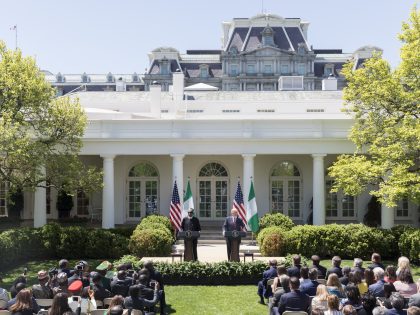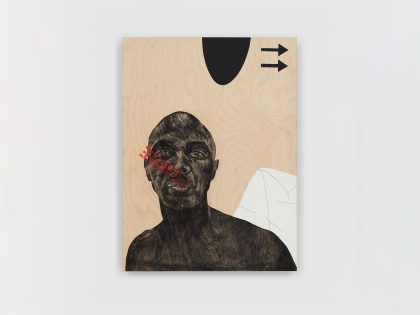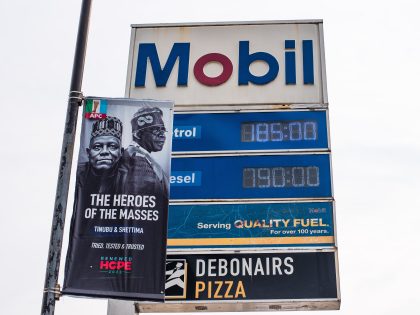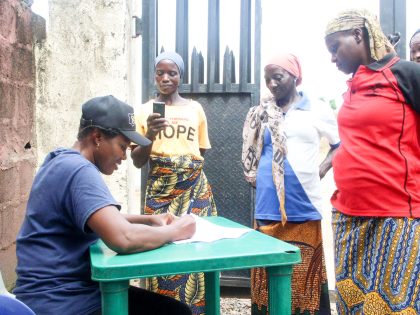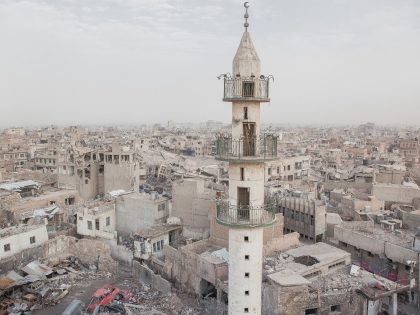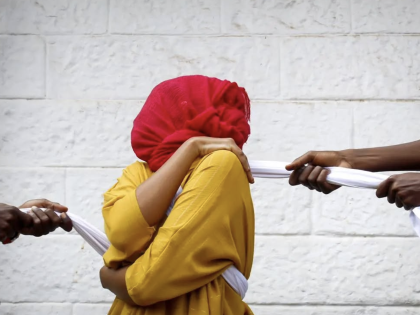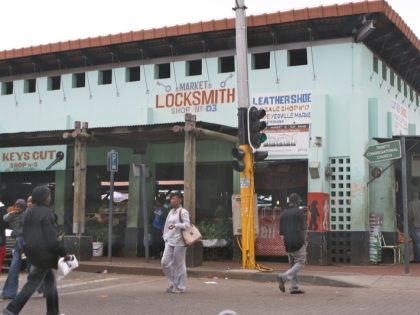Vivian Maier’s 100,000 Photographs
Except for the people that saw her take pictures, nobody else knew what the Chicago street photographer did and very little was known of her.

Vivian Maier, the nanny turned street photographer, who has found fame posthumously, now a subject of the documentary ‘Finding Vivian Maier’ (trailer below), was a recluse in the exaggerated form. The director is Terrence Malick, another recluse. It is at least known that he directed the Oscar winning film ‘Days of Heaven’ in 1978 and then after a twenty year long hiatus, went on to direct ‘The Thin Red Line’ in 1998. It is further known that he did not bother to pick up the most meaningful award for a film director, the Palme d’Or at the Cannes Film Festival, in 2011. In Vivian Maier’s case, up until 2009, when her death notice was published in the Chicago Tribune, nothing existed about her was on the Internet. Except for the people that saw her take pictures, nobody else knew that she did and very little was known of her.
In 2007, John Maloof, a historian, working on a book about Chicago’s Northwest Side and looking for vintage photographs to illustrate the history bought at an auction a sizable collection of about 30,000 photo negatives. . His acquisition intrigued him and he began to piece the mystery together with information obtained in a note from the photo negatives. Nothing turned up on the internet.
Maloof developed the negatives and tried to get them into galleries with no success. It was only after posting them on the internet that the photographs began to demand attention. The visceral photographs of, amongst other things, crying babies, a dead horse, rich and poor people are a combination of art and social realism. They are reminiscent of street photographers like Henri-Cartier-Bresson, Lisette Model and Andre Kertesz.
In 2009, Maloof googled Vivian Maier again and found to his surprise an obituary announcing that Vivian Maier had died only a few days before.
Maier, first worked as a seamstress, weaving together clothing in a warehouse with tiny windows that only let in sprinkles of sunshine. This frustrated her as she confided in someone and she chose being a nanny because then she could be out there in the world and walk however far she wished. She often took the kids she looked after along with her Rolleiflex twin-lens reflex camera on long walks, into slums, city and parks.
Maier stacked away in boxes over 100, 000 negatives. In addition to those, she left a series of homemade documentary films and audio recordings. In an interview for a nanny job, Maier had apparently said “I come with my life, and my life is in boxes.” And when she showed to work, she was with 200 boxes.
The inevitable question of whether Vivian Maier would have approved of the attention her work is getting is also poised. One of Maier’s former bosses says, “She would never let this happen. These were her babies”
John Maloof feels vindicated from this question late in the documentary and unwittingly he relates this to the camera. This happens when he goes to the village of Saint- Bonnet- en- Champsaur in France, where Maier spent most of her childhood, where she learnt to photograph, before moving to New York in 1951. Maloof gets the letter read to a man who owns a photography print shop and to which the letter was addressed to. In the letter Maier asks the man if he could print her photographs in good paper and not anything else. From this Maloof feels vindicated for dragging Maier’s work into the public eye without her permission and against her not ever showing it. But his vindication is weak. The only thing Maier wanted was to print some photos and said that they were great. That she was aware that she was a good photographer and wanted them printed says nothing about exhibiting those photographs to the public and creating, as Maloof has done, a superstar out of her.
The documentary, through interviews, photographs, voice and home video recordings, paints Vivian Maier Maier as an aloof, opinionated, obsessive and a playful person. It also lets loose the skeletons trapped in her closet. The families who employed her as a nanny have mixed memories of her. Some remember her as a loving nanny, who let them play outside, took walks to far places that their own parents never dared to go to and some remember her as an angry abusive nanny who force-fed them as children.
Besides the uncomfortable feeling that it invades Vivian Maier’s life without her being given the opportunity to object.
- The film screened at the recent Encounters Film Festival in Cape Town. For screening details, see the film’s website.





